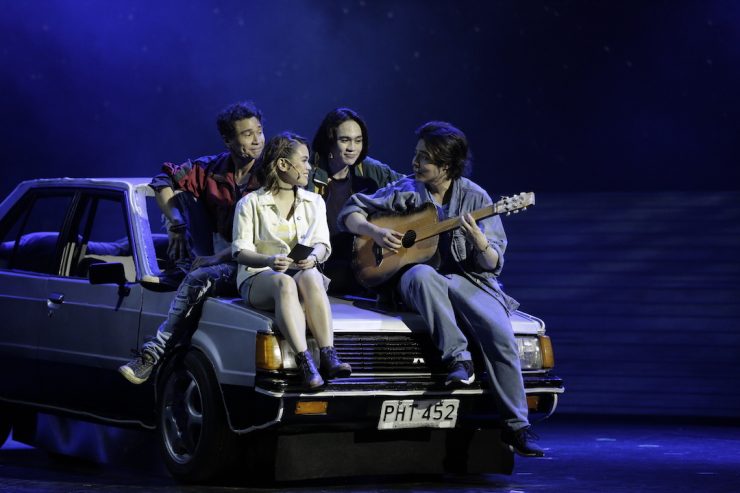Amazing musical trip aside, “Ang Huling El Bimbo” takes us on a journey through the lives of four main players in the uneven playing field of life
Trigger warning: The musical features character death along with sensitive themes such as sexual abuse and drugs.
When I first found out that “Ang Huling El Bimbo,” the hit jukebox musical featuring songs of Eraserheads, was back for a second run, I was ecstatic.
I missed the first run (unfortunately? Or maybe fortunately), so I told myself that by all means I have to see it this year.
And, well, guess what? I’ve recently just gone to watch “Ang Huling El Bimbo.” For the second time since it opened this March. Yeah, I know. I’m definitely making up for lost time.
The musical is on its fourth weekend as of this writing, so imagine, I’ve been talking about it (vaguely) to my friends for roughly the same amount of time. A number of them have also asked me how I found it. I always tell them, “…I enjoyed it.”
I know there’s a seeming lack of enthusiasm in that reply, but I can explain: It was great, but there’s also so much to unpack about the show, and frankly, the story isn’t all smiles and laughter.
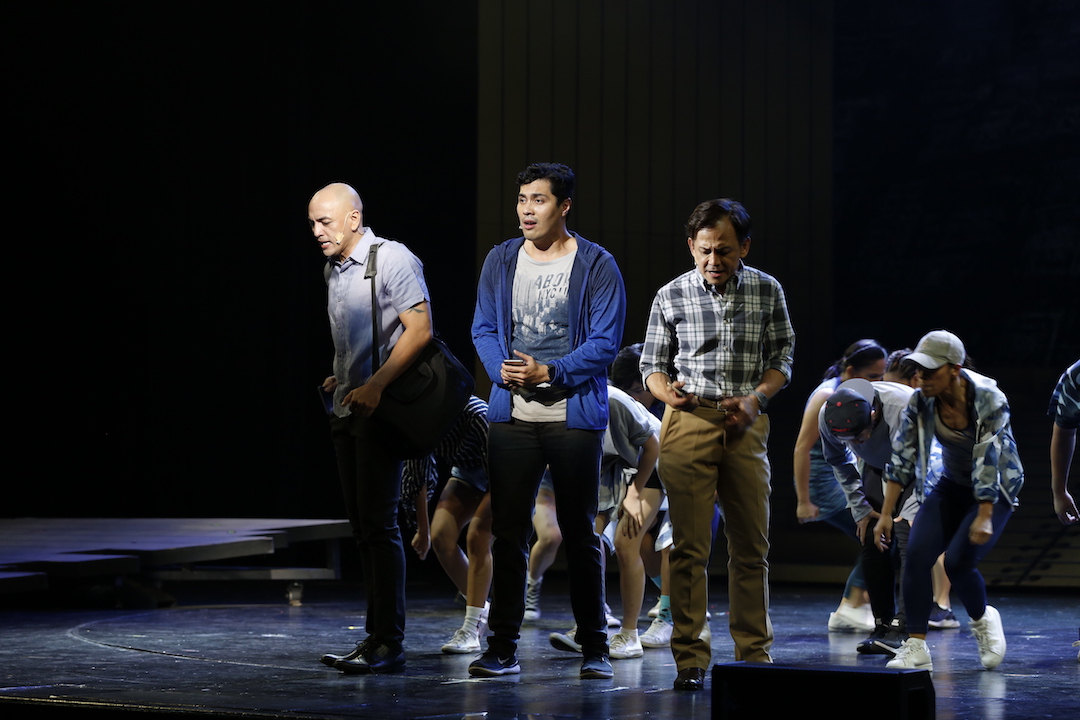
More than 30 songs from the Eraserheads cover the entire two-timelined story, and while it’s definitely nostalgic especially for those like me who grew up listening to the band, it’s also fresh enough (and so cleanly performed by the cast—even Lea Salonga agrees) that we don’t just zone out and get lost in the music throughout the roughly three-hour show. This I think is thanks to the musical direction of Myke Salomon. (Salomon was also responsible for the music of several other popular jukebox musicals, such as “Rak of Aegis.”)
Among my favorite reimagined hits are “Pare Ko,” which veers away from its usual inuman-filled imagery and instead becomes a fun military cadence call and rifle drill. As a former cadet myself, this easily became one of my favorite numbers.
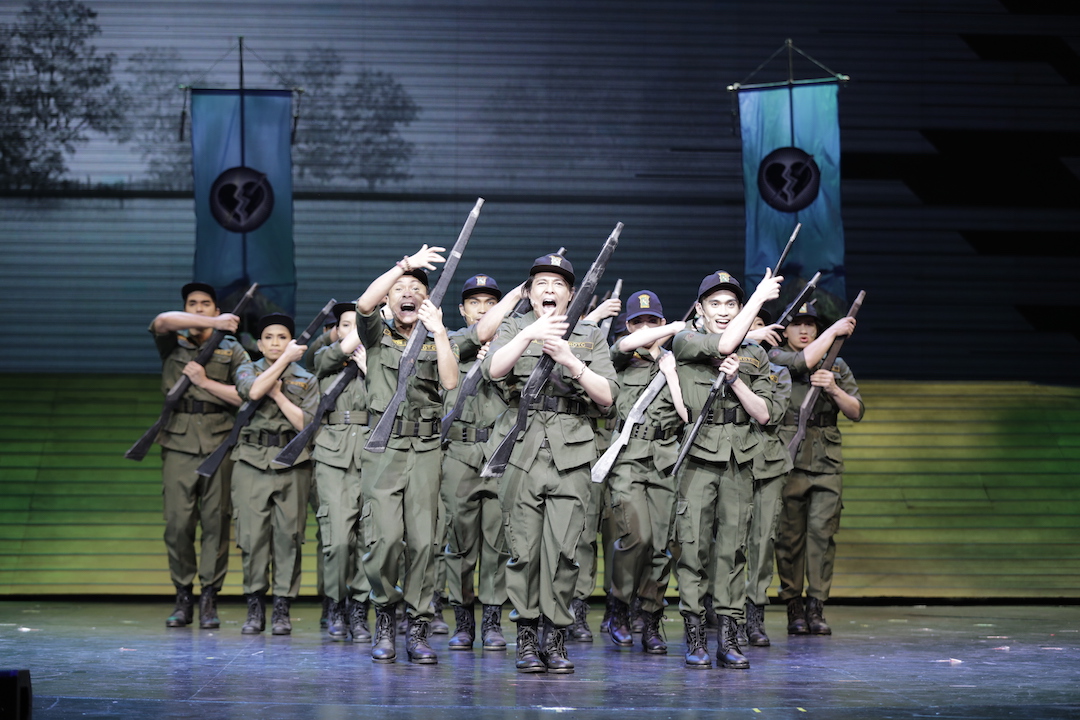
“Shirley” and “Hey Jay” also got some playful, witty treatment in the lyrics, while “With A Smile” featured a gut-punching end that set the tone for Act 2. There are also a number of medleys that have the aural version of “blink and you miss it” moments—one-liners from songs that get inserted into other melodies in a surprising but also striking way.
Amazing musical trip aside, “Ang Huling El Bimbo” takes us on a journey through the lives of four main players in the uneven playing field of life: Hector, a Mass Communication major who later becomes a TV director; Emman, a patriotic probinsyano who eventually becomes a government worker; Anthony, a closeted gay Business Management major who later becomes a businessman himself—all together, three boys-turned-men leading seemingly successful lives. And then there’s Joy, a spirited, optimistic girl whose life just gets turned upside down as if the hand she was dealt wasn’t bad enough as it is.
It shows the highs and lows of growing up: from the bright, hope-filled, and happy moments of young friendship and love, to dealing with heartbreak, to more personal and somber issues like acceptance, the depth of real friendship, and even guilt.

“Buksan ang puso at isipan, paliparin ang kamalayan…”
So you’ve got the great music, you’ve got a potentially relatable story… already a good formula for a good, entertaining show, right?
Well, since we at Nolisoli don’t stand for merely entertaining things, I am happy to report that “Ang Huling El Bimbo” isn’t a mindlessly entertaining show, as it brings to the spotlight a few important issues. (Or maybe a few too many issues, as some have noted.)
It’s a challenge to strike the balance between creating something enjoyable for the audience, but also making sure it’s something that’s socially and politically correct and inoffensive, especially today. Not to say that “Ang Huling El Bimbo” had offended any sensibilities—though I must admit that on my first viewing, I had a lot of questions (“did it really have to be a woman experiencing all these hardships?” “Why did that have to happen to push the story forward? Hindi puwedeng ibang ‘aksidente,’ kailangan ’yun talaga?!” among many, many others) But that’s what you get when you work from the point of view of privilege: not just one, but three men, all educated to boot.
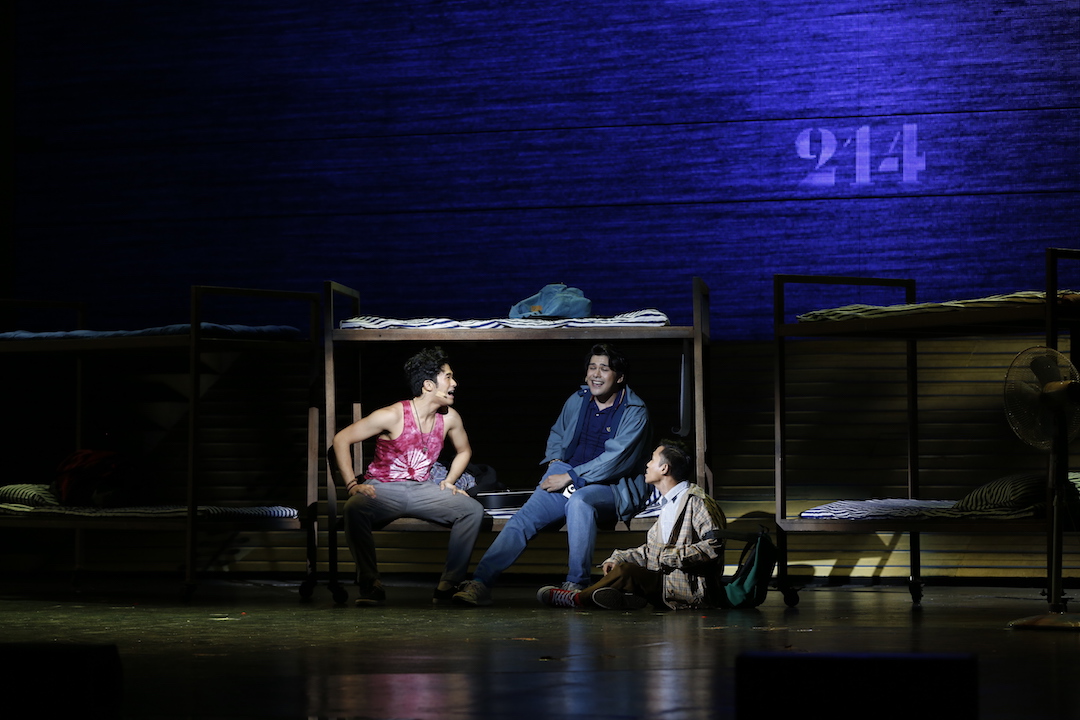
Although, if it’s any consolation, especially for first-time viewers like I was, the current run seems to have a better, reworked version of the original book. I already asked those who had seen the first run so you don’t have to: The 2019 version has a tighter story and an improved characterization. Entire scenes had been added into this run, as well as rearranged songs. Now I get it. While I’m neither in college nor two decades out of it as the characters are, I found myself feeling for all four (or shall I say eight?) leads.
As an adult, I can relate to the change the three boys underwent. Frustrated though I was at their lack of action after that major turning point in the play, I understood where they were coming from. (“I was young, I was scared, I didn’t know what to do!” Anthony even says at one point.)
I’m sure you’d know what I mean: Once you’re out of that little world of university, it’s so easy to get lost and get caught up in your own individual life. Dramaturg Floy Quintos, who was responsible for the reworking of “Ang Huling El Bimbo’s” book, summed it up perfectly: “…we become so wrapped up in the false security of our little worlds, that we marginalize, demonize, and dispose so thoughtlessly of people… we can lose our moral compass when we are afraid, complacent, judgmental, selfish…”
As a woman, I also felt for Joy. It’s because of everything that happened to her that really made me question just how much this story had allegedly improved. I honestly still felt bothered. Again, why did a girl/woman had to go through all that? Is it simply because that’s also the fate of the girl who looked like Paraluman in the musical’s namesake song? Is it actually just a reflection of how women are still not treated as fairly as we should be in society? It’s sad, frustrating, disturbing, and a little infuriating, too, how she (and the people around her) forced herself to think that she’ll “get by with a smile.” That’s not how life works, but unfortunately many people, especially here in the country, still subscribe to that mindset.
[one_half padding=”0 5px 0 5px”]
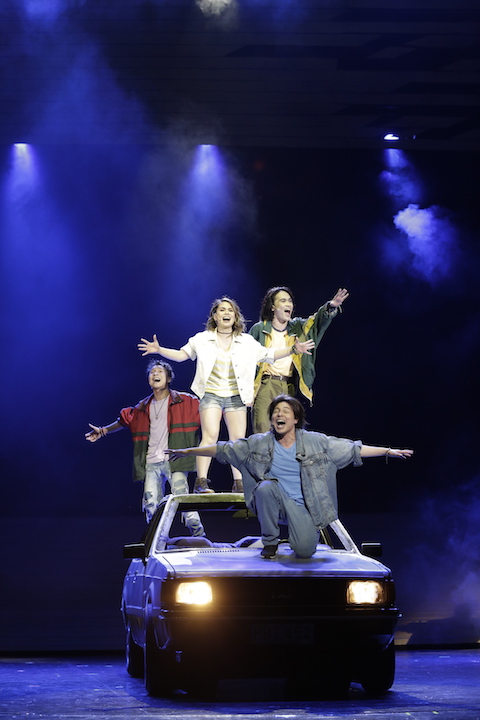
[/one_half]
[one_half_last padding=”0 5px 0 5px”]
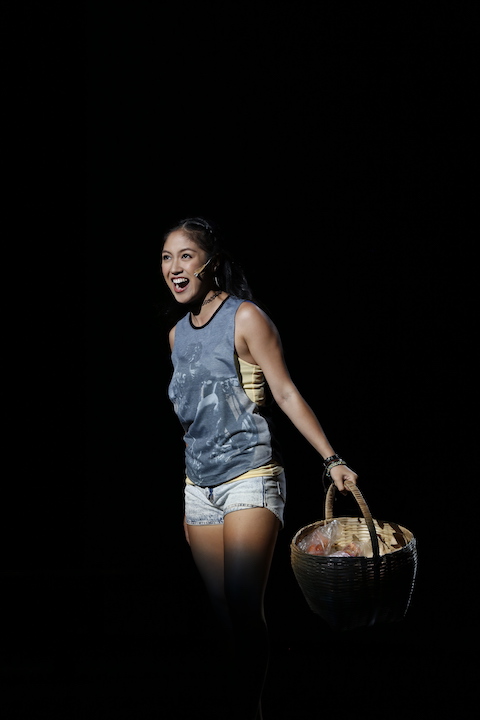
[/one_half_last]
If anything, Quintos was right. “Ang Huling El Bimbo” truly is a mirror held up to the audience—a mirror reminding us of our own privilege. Like Hector, Emman, and to an extent, Anthony (I say to an extent because he’s got his own issues of being part of the minority himself, being gay), we are privileged. The musical is a reminder to look at the Joys in our lives—the people we might have pushed aside or forgotten about because they get in the way of what’s convenient for us. But in the same vein, it also reminds us to be like Joy—to take control of our own narratives, and remember that if there’s anyone who can do anything to make our lives better, it’s ourselves.
So while I have minor issues about the musical’s story (third run’s the charm, maybe?), I must say it’s… really like a long road trip—fun, but also not without pain.
—
It’s been days since I saw “Ang Huling El Bimbo” for the second time since it opened this month. If you ask me now how I found it, I’m going to “show” you my computer screen:

Yeah, I’m already planning my third viewing. Because despite its (minor) flaws, it’s still a road trip I’d love to join in again, anyway. Maybe this third time’s the charm, and my questions will be answered this time around.
Ang Huling El Bimbo runs at the Newport Performing Arts Theater, Resorts World Manila, from Thursdays to Sundays until Apr. 14. For tickets, visit Ticketworld.com.ph.

